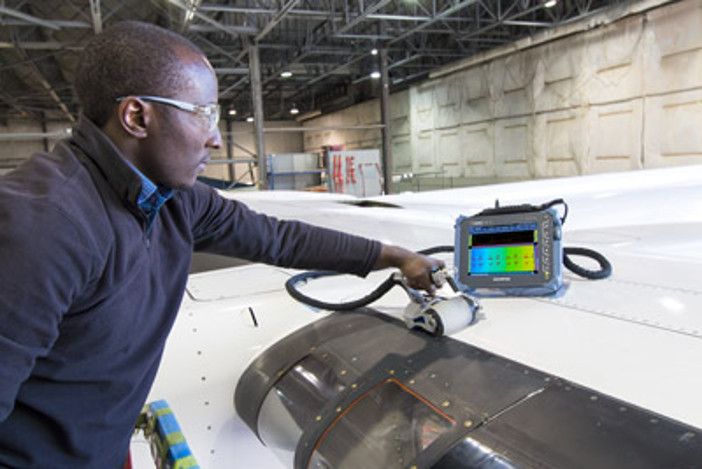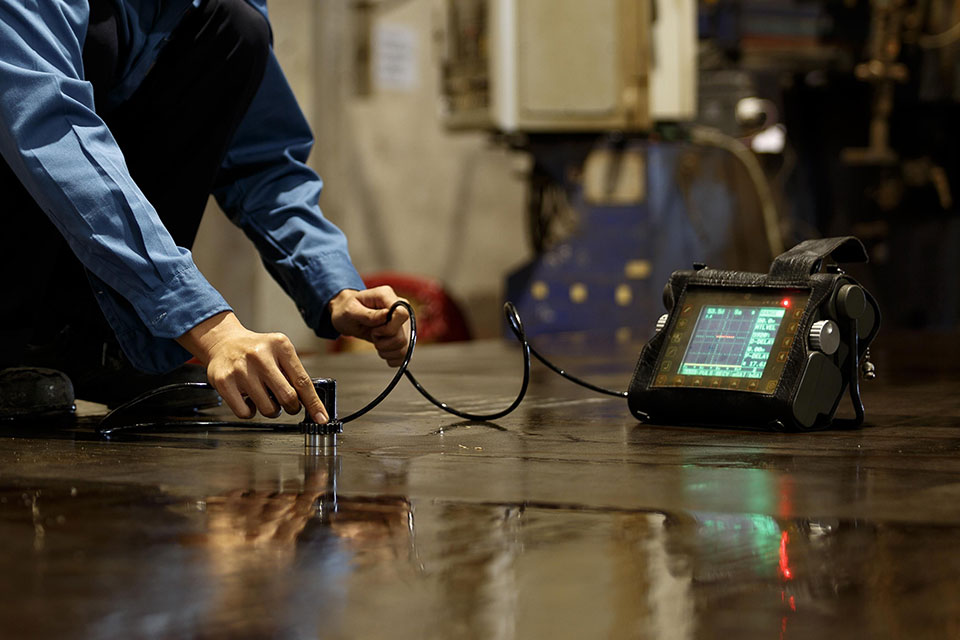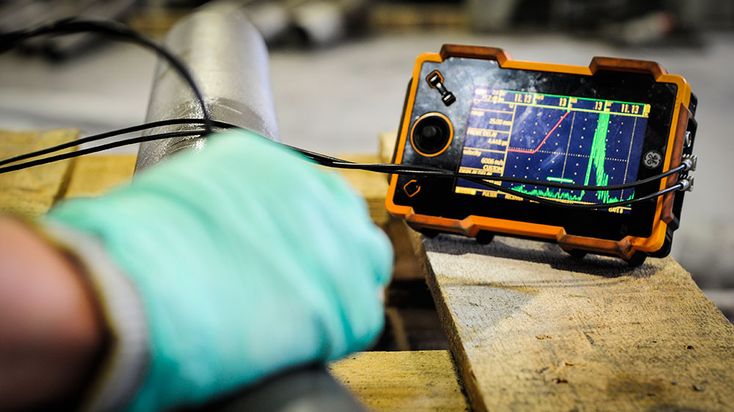In the world of quality assurance and precise measurement, synchronization during calibration tests plays a pivotal role. This process ensures that devices and systems are working in harmony, providing accurate and reliable data. For QA professionals, mastering this aspect can lead to improved performance and reduced errors.

What is Calibration?
Calibration is the process of configuring an instrument to provide a result for a sample within an acceptable range. It involves comparing the measurements of a device under test with a reference standard and adjusting it to align with the standard.
The Importance of Synchronization
Synchronization ensures that all components of a system are aligned and working together. In calibration tests, this means that the timing and operations of different devices are coordinated to avoid discrepancies and ensure consistency.
Why QA Professionals Focus on Synchronization
For industry QA professionals, synchronization is crucial because it directly impacts the accuracy of test results. By ensuring all systems are synchronized, professionals can avoid costly errors and ensure the reliability of their measurements.
How Synchronization Works
Synchronization during calibration involves aligning the timing of various test components. This can include aligning the start and stop times of devices, ensuring data logging is consistent, and verifying that all systems are operating under the same conditions.
Tools and Technologies
Various tools and technologies are employed to achieve synchronization. These may include software solutions for timing alignment, hardware devices for signal synchronization, and advanced algorithms for data processing.
Challenges in Synchronization
While synchronization is essential, it is not without challenges. Potential issues can include signal interference, timing discrepancies, and hardware limitations. Addressing these challenges requires a deep understanding of both the equipment and the testing environment.
Overcoming Synchronization Challenges
To overcome these challenges, QA professionals must stay informed about the latest advancements in synchronization technology and methods. Continuous training and adaptation of new technologies are vital.
Best Practices for Synchronization
Adopting best practices can significantly enhance the effectiveness of synchronization during calibration tests. Some of these practices include regular equipment maintenance, software updates, and conducting routine checks to ensure all systems are functioning correctly.
Regular Maintenance
Regular maintenance of equipment is crucial to prevent synchronization issues. By keeping all components in optimal condition, professionals can minimize the risk of errors during calibration tests.
Software Updates
Keeping software up to date is another best practice. New updates often include fixes for known synchronization issues and enhancements that improve overall performance.
Industry Case Studies
Several industries have reported significant improvements in calibration accuracy through effective synchronization. For example, in the automotive industry, precise synchronization has been key in enhancing the reliability of emissions testing.
Real-World Examples
One example can be seen in the aerospace industry, where synchronization during calibration tests has improved the accuracy of navigation systems, leading to safer and more reliable flights.
Future of Synchronization in Calibration
The future of synchronization during calibration tests looks promising, with advancements in technology paving the way for even greater precision and efficiency. Emerging technologies such as AI and machine learning are expected to play a significant role.
Emerging Technologies
Technologies like AI can enhance synchronization by predicting potential issues and automatically adjusting systems to maintain alignment. This not only improves accuracy but also reduces the need for human intervention.
Conclusion
In conclusion, synchronization during calibration tests is a critical component for ensuring accuracy and reliability in various industries. By understanding the importance of synchronization, staying informed about the latest technologies, and adopting best practices, QA professionals can significantly enhance their testing processes.

FAQ Section
Why is synchronization important in calibration tests?
Synchronization is crucial because it ensures that all components of a system are working together in harmony, providing accurate and reliable data.
What challenges are faced in synchronization?
Common challenges include signal interference, timing discrepancies, and hardware limitations, all of which require careful management and technology updates.
How can synchronization be improved?
Improvements can be made through regular maintenance, software updates, and adopting new technologies like AI for predictive adjustments.
For more in-depth information on related topics, you can visit key factors for inspection frequency and explore various aspects of synchronization in calibration tests.
Additionally, for insights into how synchronization impacts other testing areas, consider visiting improving inspection accuracy and synchronization in vibration testing.
This article contains affiliate links. We may earn a commission at no extra cost to you.
